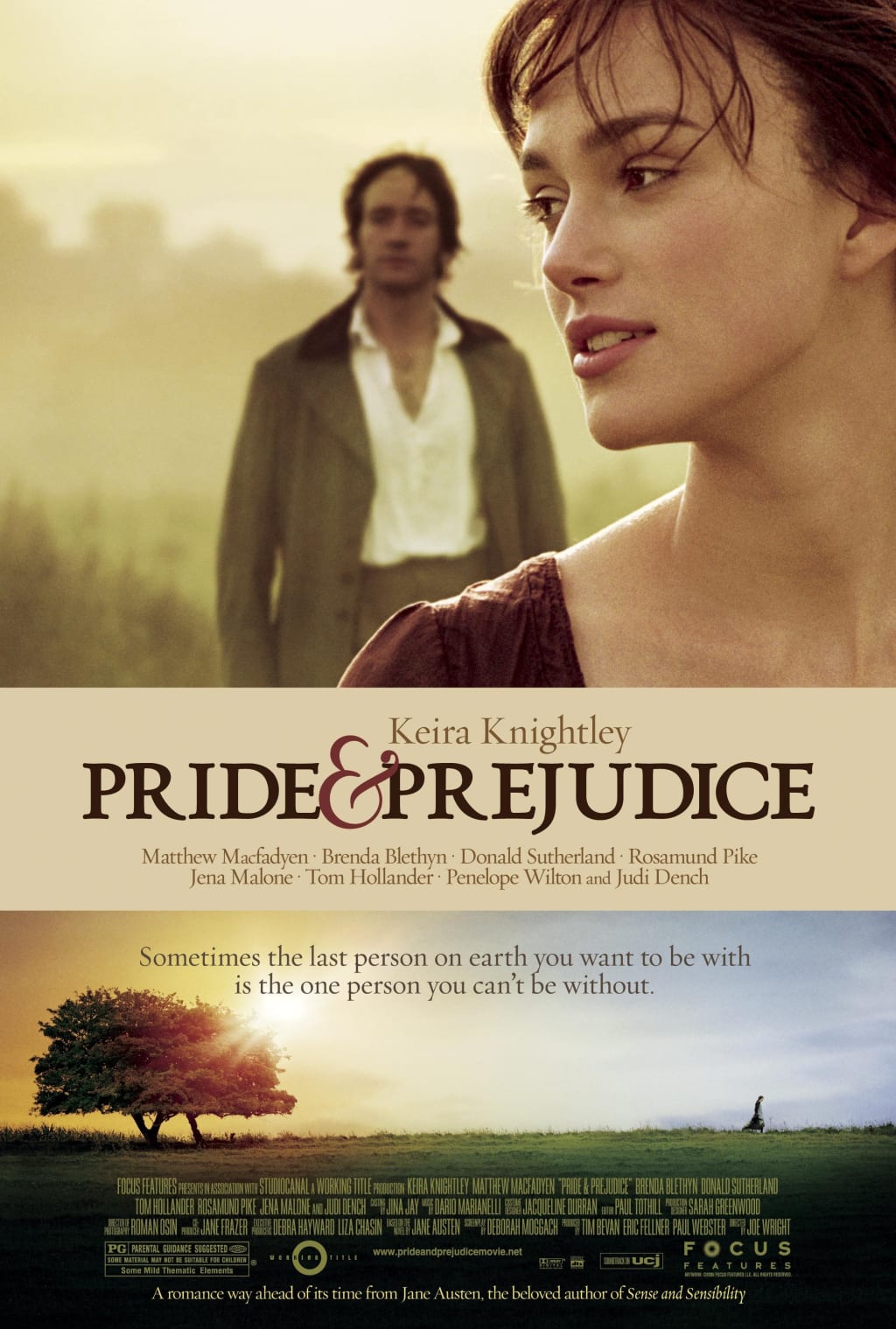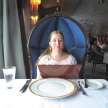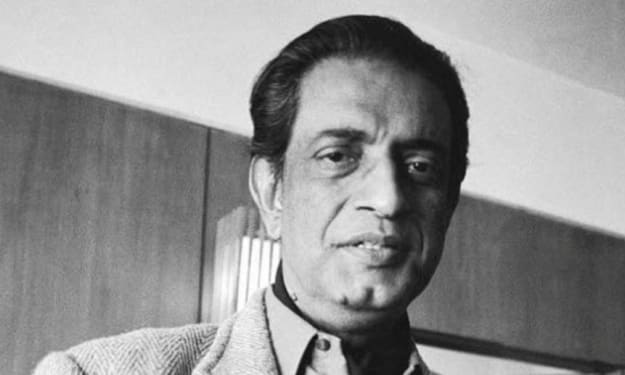Reading Journal: 'Pride and Prejudice'
How 'Pride and Prejudice' Portrays Relationships

Jane Austen’s Pride and Prejudice is one of the most famous and influential romance novels ever written and established a number of the tropes found in later books and films. The formula we recognize from a number of romantic comedies (a spirited and outspoken heroine who is “not like the other girls,” an aloof hero who eventually warms up to her, and a misunderstanding which leads to dislike and then to love) find their origins in Austen’s work.
Elizabeth Bennet, the heroine of Pride and Prejudice, is often referred to as a modern heroine. We have a tendency to characterize the heroines of novels written during the Regency and Victorian periods as weak and passive paragons of an outdated idea of feminine virtue and to some extent, this is true. Elizabeth Bennet stands out as the exact opposite. She is witty and outspoken, flawed and at times arrogant. Elizabeth is often presented in contrast to her four sisters. She is cynical, wisecracking, and a bit tomboyish compared to the sweet-natured, ladylike, and demure Jane, has an actual intelligence unlike the bookish and pretentious sister Mary, and is sensible and unpretentious while Kitty and Lydia are shallow and frivolous. In the 2005 film adaptation, Elizabeth (Keira Knightley) is contrasted with her sisters (who are dressed in pretty pastel muslin gowns and bonnets) by wearing plain and somewhat shabby clothes in drab colors and having loose, messy hair; the costume designer appears to have taken Elizabeth’s costume cues from the scene where she shows up at Netherfield after a long walk with a petticoat “six inches deep in mud.” Elizabeth is the ancestor of the “not like other girls” heroine: A heroine who is distinguished by being the opposite of her female peers and is presented as more intelligent, capable, down-to-earth, and all around superior to them. She is considered to be the best of her sisters and is the one that their father, who has little tolerance for feminine silliness, is the most affectionate towards. Elizabeth’s main flaw is stubbornness. When she is snubbed by Mr. Darcy at a dance, she vows to “loathe him for all eternity” and her initial dislike of him (prejudice) prevents her from seeing what a good person he is and the romantic chemistry between them.
Mr. Darcy, Elizabeth’s love interest, is the epitome of the brooding, dashing romantic hero. He is handsome, mysterious, aloof, and fabulously wealthy, complete with a large and luxurious mansion. The aristocratic sang-froid which makes Darcy so attractive to readers is, in the text, the character flaw which he must overcome. Pride and Prejudice is a textbook example of a character dynamic common to nineteenth-century proto-feminist literature: A spirited heroine and the equally headstrong male love interest she is pitted against. The obstinate hero slowly learns to respect and appreciate the heroine and becomes her ideal husband. Darcy is originally dismissive of Elizabeth but is eventually won over by her beauty, intelligence, and spirit and learns to overcome his hauteur (pride) in order to express his love for her. Elizabeth learns of his good qualities (loyalty towards his friends Mr. Bingley and Colonel Fitzwilliam; affection for his sister, Georgiana; and fairness and generosity in how he treats his servant and tenants) and realizes that she returns his affections. His standoffishness even becomes endearing when we learn that it is due to what we now call social anxiety.
The most memorable quote from Pride and Prejudice is its opening line: “It is a truth universally acknowledged that a single man in possession of a large fortune must be in want of a wife,” which serves as the novel’s thesis or mission statement. For a young woman like Elizabeth Bennet, her best chance in life is to marry a rich man and catching one would be her carrier. Elizabeth begins to realize her love for Darcy and his suitability as a husband during a visit to Pemberley, his estate. Pemberley, like Darcy himself, is large, grand, and handsome and becoming the mistress of such an estate would have been a triumph for Elizabeth. Being wealthy and the owner of a fine house puts Darcy a step closer towards being the ideal husband that the rest of his character arc will turn him into.
Pride and Prejudice is the quintessential novel of courtship and marriage during the Regency period but also a timeless look at how relationships work. To form a successful relationship, two very different partners with their own character flaws must find a way to compromise and must learn to respect and appreciate one another.
About the Creator
Rachel Lesch
New England Native; lover of traveling, history, fashion, and culture. Student at Salem State University and an aspiring historical fiction writer.






Comments
There are no comments for this story
Be the first to respond and start the conversation.